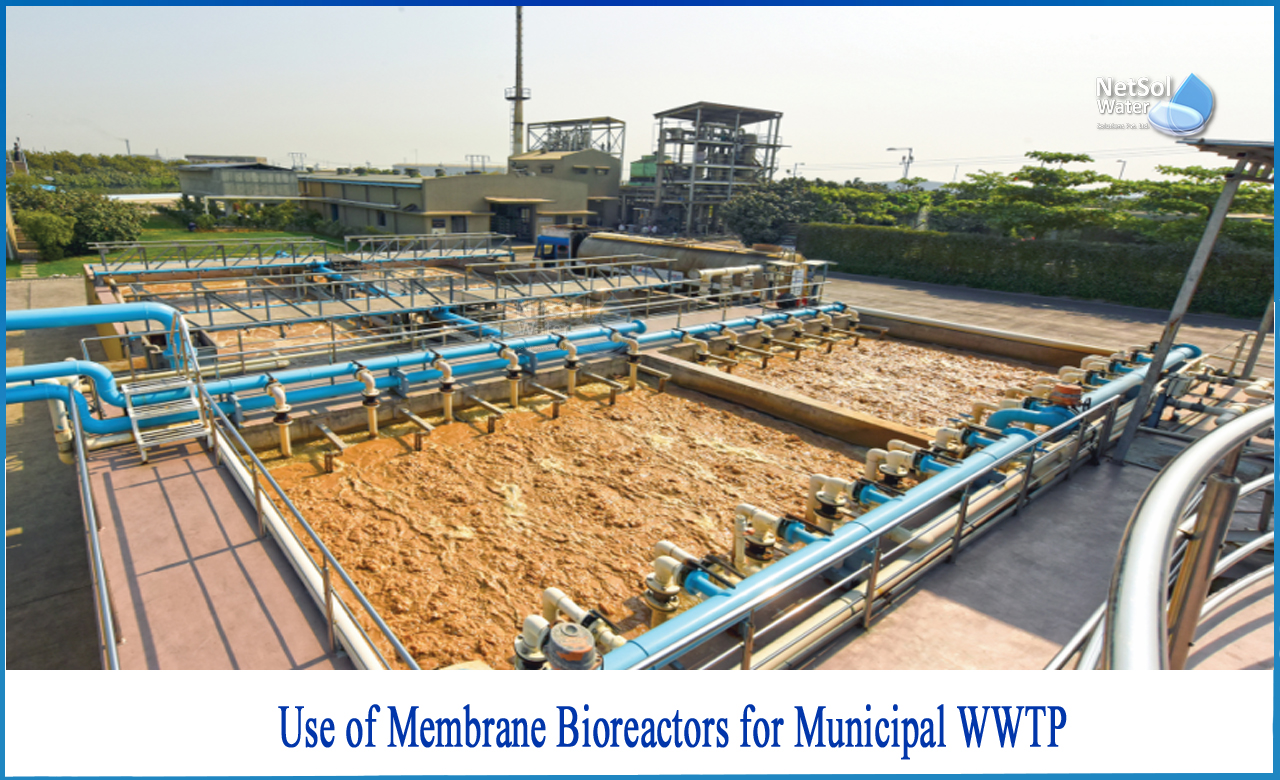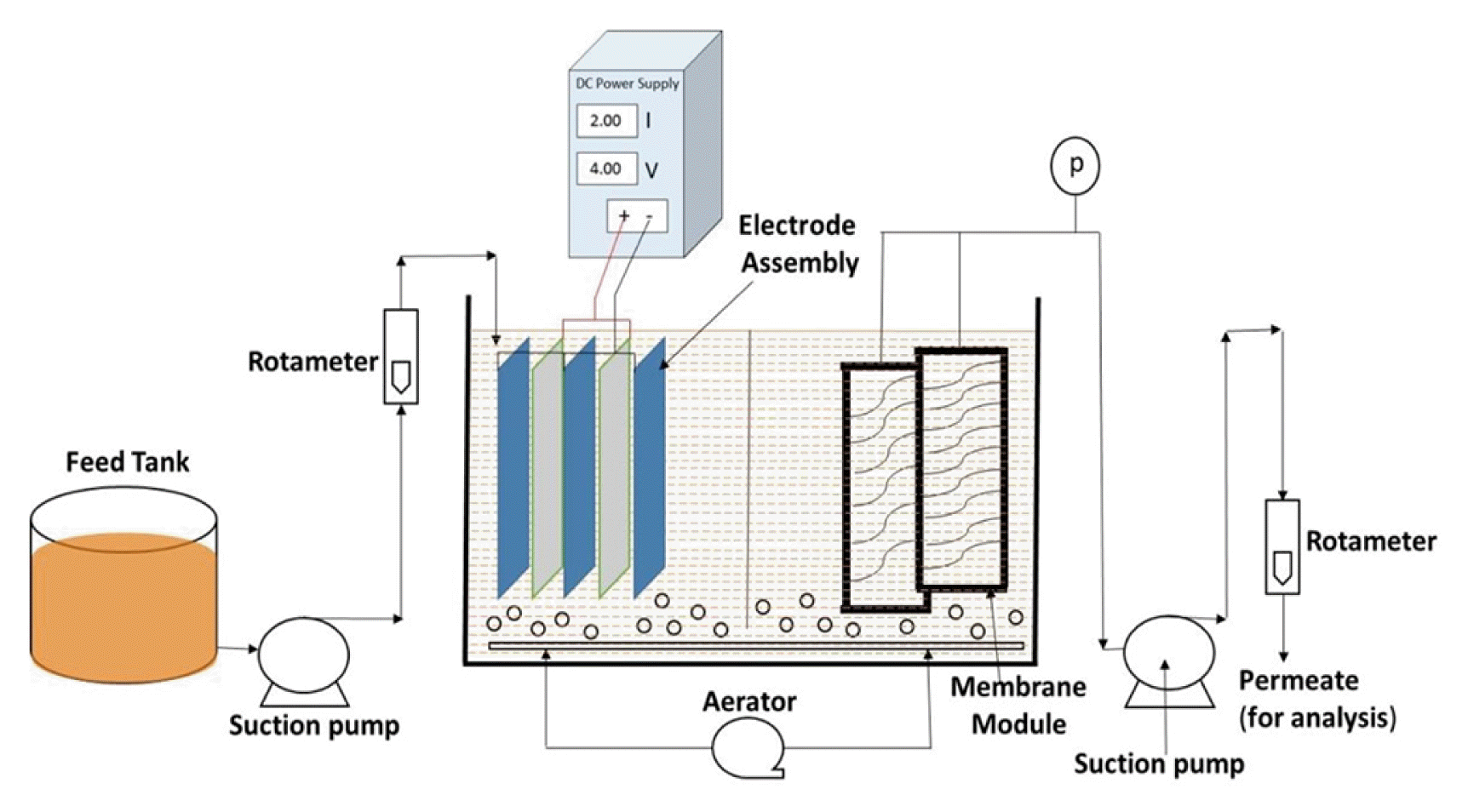Future Trends in Membrane Bioreactor Technology and Its Global Impact
Future Trends in Membrane Bioreactor Technology and Its Global Impact
Blog Article
Comprehending Membrane Bioreactors: The Future of Wastewater Treatment
Membrane layer bioreactors (MBRs) stand for a notable innovation in the field of wastewater treatment, incorporating organic processes with advanced membrane layer filtering to improve effluent quality. As international water shortage and stringent regulative frameworks come to be progressively pressing concerns, MBR modern technology uses an effective response with its ability to decrease impact and optimize resource recovery. Nonetheless, the adoption of MBRs is not without its obstacles, which merit careful factor to consider. What are the essential variables influencing their execution and long-lasting viability in different contexts? The answers might reshape our technique to wastewater administration.
What Are Membrane Layer Bioreactors?

The core components of MBR systems include a bioreactor where microbial activity takes place and a membrane system that filterings system the combined alcohol. This twin functionality enables the simultaneous destruction of raw material and solid-liquid splitting up in a solitary action. MBRs can run in both immersed and exterior configurations, with submerged systems being more typical as a result of their portable layout and functional performance.
The fostering of MBR modern technology has actually gotten grip in different applications, varying from community wastewater therapy to commercial effluent monitoring. MBRs are specifically useful in circumstances where area is restricted or rigid effluent quality criteria have to be fulfilled. By preserving a high focus of microbes within the bioreactor, MBRs enhance the deterioration of natural toxins, consequently generating greater treatment efficiencies contrasted to typical techniques.
Key Advantages of MBR Technology
The assimilation of biological therapy with membrane layer filtering in MBR systems offers many advantages that establish it aside from traditional wastewater treatment methods. One of the primary benefits is the boosted effluent high quality. MBRs effectively eliminate suspended pathogens and solids, accomplishing higher levels of filtration that meet rigid discharge requirements and facilitate water reuse applications.

One more substantial advantage is the decreased sludge manufacturing. MBR systems create less excess sludge, causing reduced disposal costs and a decrease in environmental influence. The shut nature of the membrane layer system reduces the danger of smell exhausts and enhances overall process control.
Finally, MBRs are versatile and versatile, making them suitable for different wastewater kinds, consisting of commercial and metropolitan resources. The ability to integrate with advanced treatment technologies even more improves their efficiency, making MBRs an encouraging remedy for the future of wastewater management.
Challenges and Limitations of MBRs
While MBR technology offers numerous advantages, it also faces numerous obstacles and constraints that can influence its extensive adoption. One considerable difficulty is the high resources and functional prices connected with MBR systems. The preliminary financial investment for membrane materials and the necessary infrastructure can be significant, making it much less easily accessible for smaller sized sectors or communities.
Furthermore, membrane fouling remains a critical concern that can reduce system performance and increase upkeep demands. Fouling occurs when solids, raw material, or bacteria accumulate on the membrane layer surface area, causing decreased leaks in the structure and needing frequent cleansing or substitute.
Another constraint includes the complexity of the modern technology. MBR systems need competent workers for operation and upkeep, which can be a barrier in areas with limited technological know-how. Additionally, the disposal of invested membranes offers environmental problems, as the materials are often not eco-friendly and can add to throw away monitoring obstacles.
Last But Not Least, while MBRs can effectively deal with a wide variety of wastewater, they might not be suitable for all applications, especially those with high focus of fats, oils, and greases, requiring more research and advancement to resolve these restrictions.
Applications of Membrane Layer Bioreactors
In various markets, membrane layer bioreactors (MBRs) have actually become a flexible option for wastewater therapy (Membrane Bioreactor). Their applications span community, commercial, and farming setups, showcasing their adaptability and effectiveness in diverse settings. In municipal wastewater treatment plants, MBRs substantially boost effluent top quality, permitting water reuse and decreasing the environmental effect of released wastewater
Industrially, MBRs are utilized in food and drink handling, fabric production, and pharmaceutical manufacturing, where they properly deal with high-strength waste streams. Their capability to deal with varying and changing tons pollutant focus makes them especially useful in these markets. Furthermore, MBRs assist in the elimination of microorganisms, suspended solids, and raw material, adding to conformity with rigid discharge guidelines.
In agriculture, MBRs are progressively used for treating farming drainage and animals wastewater, enabling the recovery of nutrients for fertilizer manufacturing. They likewise help in the treatment of greywater for irrigation, promoting lasting water administration methods.
The flexibility of MBRs is further shown by their assimilation with other technologies, such as anaerobic food digestion and progressed oxidation processes, enhancing total efficiency and source healing in wastewater treatment systems.
The Future of Wastewater Therapy
Improvements in technology and an expanding focus on sustainability are shaping the future of wastewater therapy. Membrane bioreactors (MBRs) exhibit this change by integrating organic treatment procedures with membrane layer filtering, resulting in high-grade effluent appropriate for reuse. The trend in the direction of circular economies is triggering facilities to embrace MBRs for their ability to recoup resources, such as water and nutrients, from wastewater.
Technologies in membrane products and setup are enhancing the performance and longevity of MBR systems, lowering operational prices and energy usage. Smart technology combination, consisting of real-time tracking and automated control systems, is more optimizing efficiency and enabling predictive upkeep, thus minimizing downtime.
In addition, governing pressures and social expectations are pressing districts and industries to adopt even more her response lasting techniques. Membrane Bioreactor. The shift towards decentralized wastewater therapy remedies is gaining traction, enabling local treatment that decreases transport prices and power usage
Conclusion
Membrane bioreactors (MBRs) represent a transformative technique to wastewater therapy, integrating biological processes with sophisticated membrane modern technology. The benefits of MBRs, consisting of enhanced effluent quality, decreased spatial demands, and lower sludge manufacturing, place them as a feasible remedy in the middle of expanding urbanization and stricter environmental policies. Despite existing difficulties, the continued development in membrane materials and operational techniques guarantees to reinforce the effectiveness and adoption of MBRs, ensuring their critical role in the future of sustainable wastewater monitoring.
Membrane layer bioreactors (MBRs) stand for a i loved this significant technology in the area of wastewater treatment, integrating biological processes with sophisticated membrane filtration to enhance effluent top quality.Membrane layer bioreactors (MBRs) integrate organic therapy processes with membrane filtration to effectively deal with wastewater.The combination of biological treatment with membrane layer filtering in MBR systems provides various advantages that establish it apart from standard wastewater treatment approaches. Membrane bioreactors (MBRs) exhibit this change by incorporating organic therapy procedures with membrane filtration, resulting in premium effluent suitable for reuse.Membrane bioreactors (MBRs) represent a transformative strategy her explanation to wastewater treatment, integrating biological processes with advanced membrane technology.
Report this page